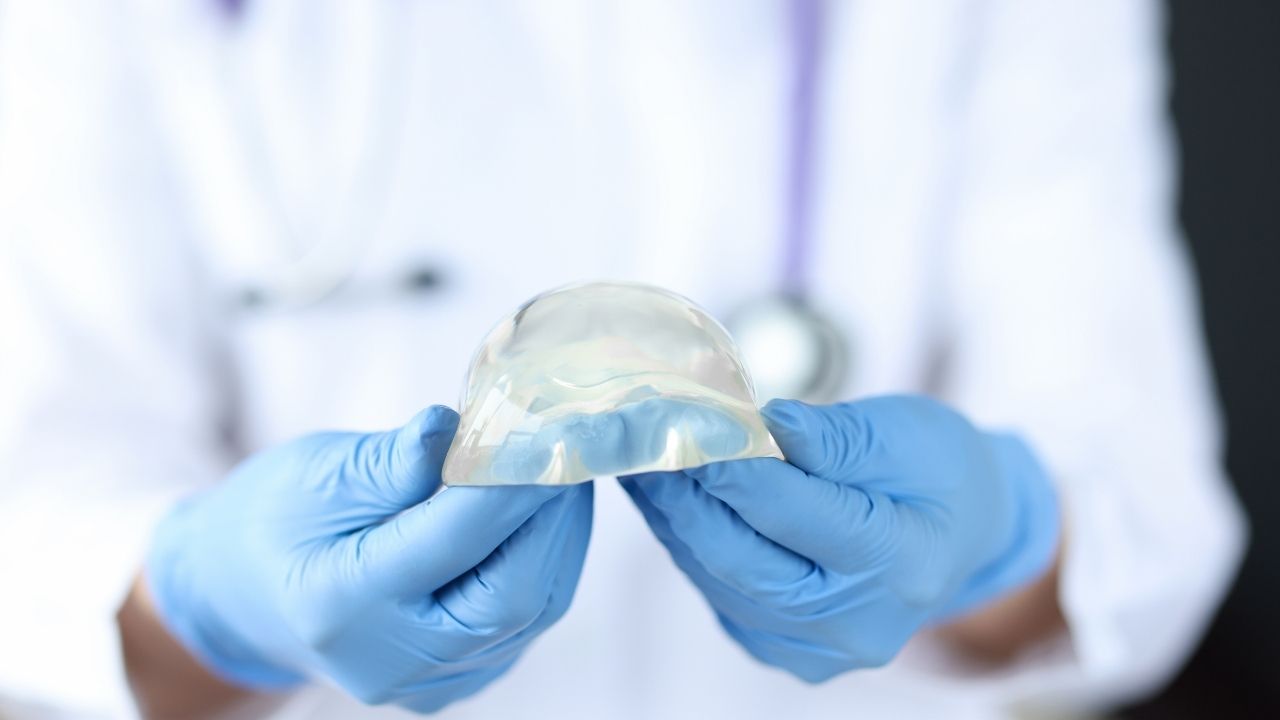Natural factors such as aging may cause a decrease in your breast tissues. Besides that, asymmetrical breasts may negatively affect your self-image and lower your confidence. Other factors such as previous surgery or significant weight loss may also cause a reduction in your breast volume and cause sagging. However, with cosmetic surgery, your surgeon may restore your overall breast appearance using East Windsor breast implants which help improve the size and shape of your breasts.
What are breast implants?
Breast implants are cosmetic prostheses placed beneath your chest muscles during breast augmentation or mammoplasty to improve the general appearance of your breasts. There are two different types of implants including:
- Silicone-gel-filled implants. This implant is made using silicone, and the inside consists of silicone gel and offers a more natural feel and appearance. It is also more stable since the gel is more viscous than saline solution.
- Saline-filled implants. This type of implant consists of an outer silicone layer, and the filling contains sterile salt water. These are cheaper than silicone implants, and the area of incision is less noticeable. However, previous patients have reported that this type of implant feels more rigid than natural breast tissue and is visible under the skin.
Implants vary in shape and size. Anatomical implants provide a more natural effect. Your surgeon may recommend a round implant if you have sagging breasts to help restore breast volume at the top.
What should you consider before getting a breast implant?
- You may require additional visits to your specialist after getting silicone implants for screenings to check for ruptures.
- Breast implants have a life span of close to 10 years. Afterward, chances of implant rupture become higher.
- Breastfeeding may become a challenge after getting implants.
- In case you need to remove your implants, you may require additional surgery.
- After the procedure, your breasts may still sag as you advance in age, and you may require a breast lift to improve sagging breasts.
- Certain risk factors are associated with breast augmentation, such as implant mispositioning, breast pain, capsular contracture, infection, and a change in nipple sensation.
- You may require to use personal expenses to pay for the procedure. There is no insurance coverage for breast implants unless the process is necessary after a mastectomy for cancer patients.
Consultation
Before scheduling a breast augmentation procedure, it is important to discuss your desired results with your doctor. This helps manage your expectations and provides you with more knowledge on what to expect during and after the procedure. Your specialist may also discuss with you the different placement methods used for the process.
Types of approaches during breast augmentation
During the procedure, your specialist will make an incision in one of the three different places, including:
- The area around your nipple. The incision is less noticeable. However, you may experience difficulties during breastfeeding.
- Below your arm. This approach is more complex and may lead to alteration of the implant during placement.
- At the crease under your breast. Your specialist may easily access the implant positioning area. However, the scar formed after the process is more visible.
If you have any inquiries on breast implants, book a session with your specialist at Matthew J. Lynch, MD, to learn more about this cosmetic procedure.






Be First to Comment